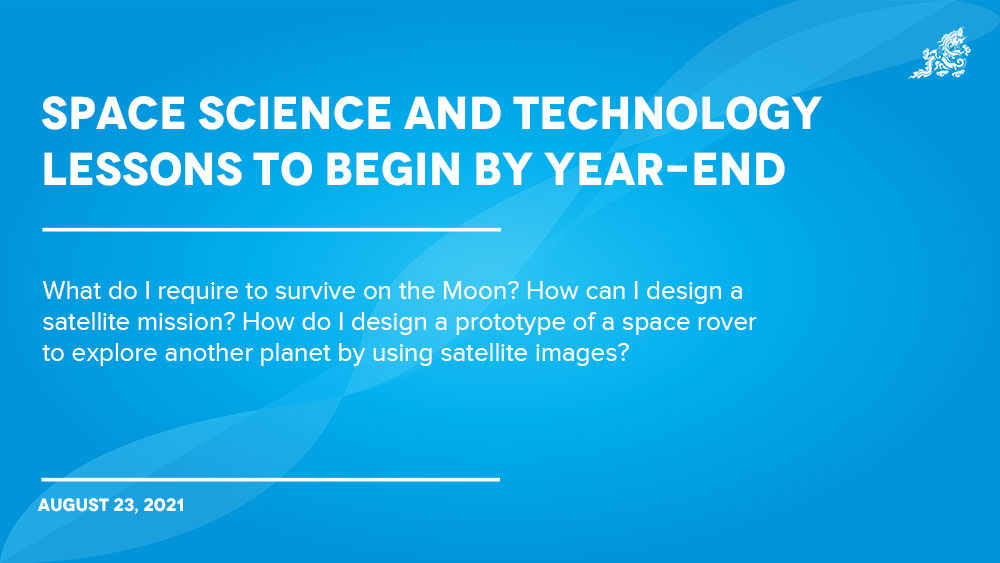Yangyel Lhaden
What do I require to survive on the Moon? How can I design a satellite mission? How do I design a prototype of a space rover to explore another planet by using satellite images?
Among others, these are what students of Classes IX-XII will learn in the newly incorporated space science and technology (SST) lessons of the New Normal Physics curriculum (NNPC) which began this year.
Developing the curriculum started in 2020 and was completed the following year along with teaching or learning materials by local experts from the Royal Education Council (REC), the division of telecom and space (DTS), and the education ministry.
A DTS official said that 21st-century education emphasised on development of transversal skills of critical thinking, creativity, problem-solving, and collaboration. For that engagement in STEM (Science, Technology, Engineering, and Mathematics) education was crucial, the official said.
REC’s Dean and Curriculum Specialist II, Wangpo Tenzin said: “Our government mandates STEM as one of the essential crucial tools in empowering transverse skills and also engender scientific temper and interest to learn and do science.”
He said STEM education has always remained one of the crucial learning areas. “Therefore, elements of space physics existed in the old physics curriculum across various key stages.”
REC’s Curriculum Developer ( Physics), Phuntsho Norbu said although space physics existed in the old curriculum it was more of theory and lacked practical lessons for students to have first hands-on experience.
A DTS official said SST in NNPC’s main objective was to present a hard science topic in a fun and interesting manner.
Phuntsho Norbu said SST in NNPC involved theory and practical lessons. Students would also build models and track satellites through software available on the internet. “There is so much for students to explore, self-study, and critically analyse.”
New Normal Curriculum Physics
Phuntsho Norbu said materials for SST in NNPC was developed as a separate package and distributed to all schools last week. “Incorporating SST in a textbook by revising the old physics textbook authored by foreigners is not feasible.”
He said SST was inserted as the last chapter of the syllabus to provide enough time for teachers to prepare. “ We are aiming for a face-to-face orientation.”
Class IX students would learn about the moon, Class X students will be taught space exploration, Class XI students about space technology and applications, and Class XII about satellite development.
A DTS official said topics could be treated as introductory lessons. “The initiative is closely linked with recent global developments in the space industry as well as complementary to the advancement of other emerging technologies.”
In Class IX students are taught how to make nine life-supporting systems on the moon. The background of the teacher’s guides reads a future lunar pace to be a self-contained habitat with all life support systems necessary for the survival of people, animals, and plants.
Students will be taught how to make life-supporting systems through materials such as straws, strings, rubber bands, tapes, card boxes, and hoses.
Way forward
Phuntsho Norbu said through NNCP it was expected to ignite interest in students so that they could find a career in the SST field in the international market. “The future is SST and this is our first step in introducing SST to students.”
A DTS official said that as the integration of SST was a recent initiative it was preemptive to embark on a full study on the space job market. “However, informally officials are carrying out research studies on the space job market and monitoring the impact of this intervention in the Physics curriculum.”
Phuntsho Norbu said in collaboration with DTS they were also developing series of SST books for classes PP-XII.
Edited by Tshering Palden


